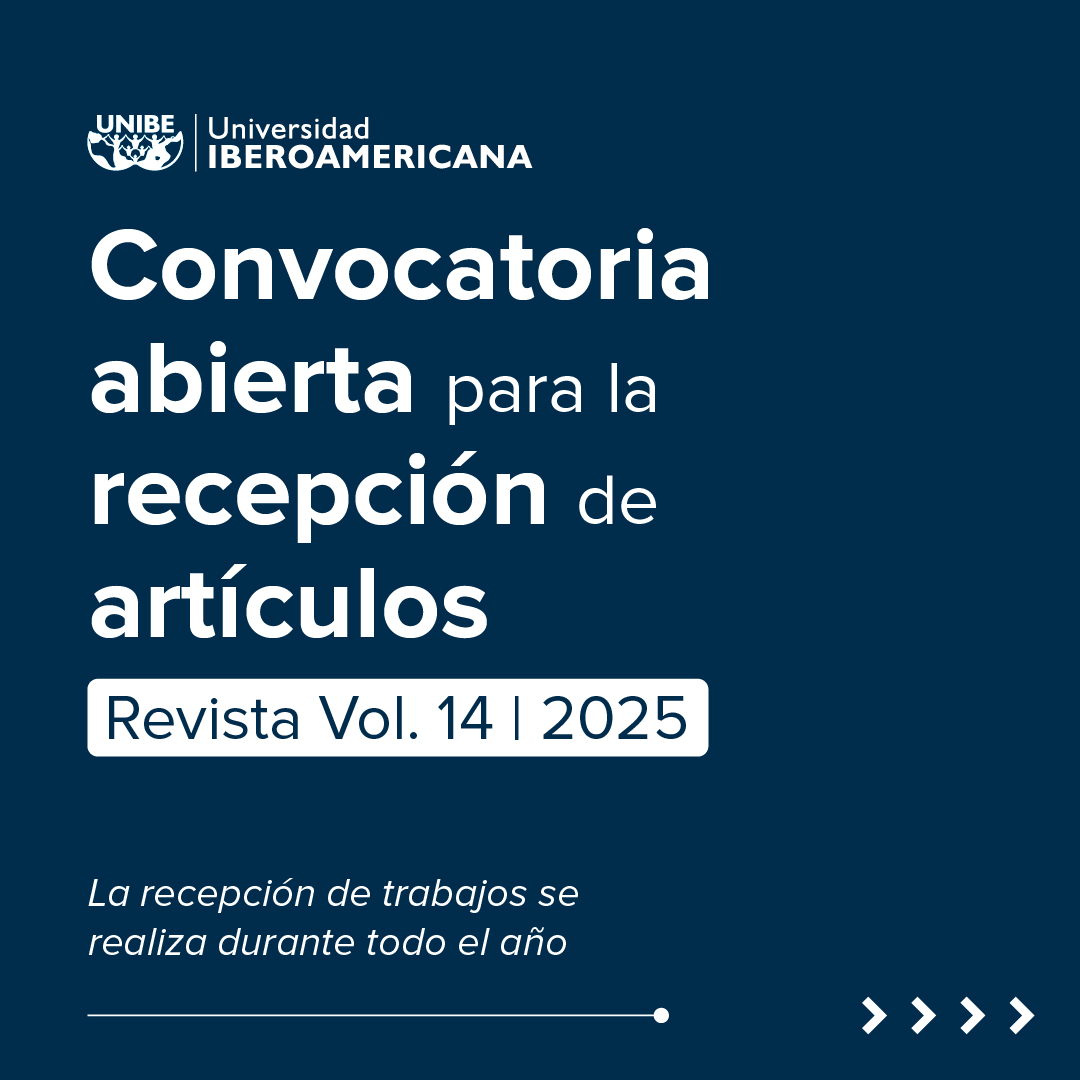Submissions
Submission Preparation Checklist
As part of the submission process, authors are required to check off their submission's compliance with all of the following items, and submissions may be returned to authors that do not adhere to these guidelines.- The submission has not been previously published or submitted for consideration by any other journal.
-
Contributions to be peer-reviewed should be submitted anonymously, accompanied by the Letter of Authors containing the authors' data, among others.
- The text adheres to the stylistic and bibliographic requirements summarized in the Author's Guidelines.
- Manuscripts should be submitted through Journal Editorial Management Platform.
- Read here the Guide on how to register in the Journal's Editorial Management Platform and how to submit an article








